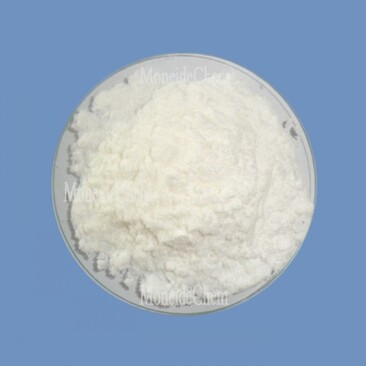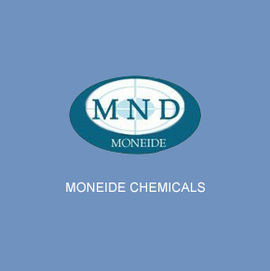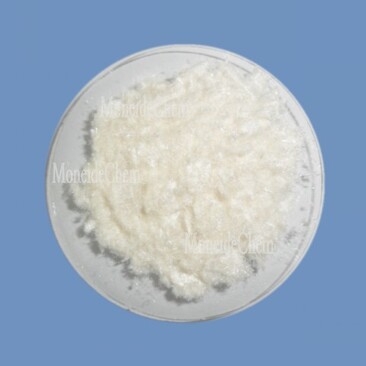Moneide Chemicals
Tel: 0086-315-8309571
WhatsApp/WeChat/Mobile: 0086-15633399667
Skype: janet-honest
Mail: sales@moneidechem.com
Address: 2-7-523 Jidong Building Materials Commercial Center, Tangshan, Hebei 064000 China
Salicylaldoxime Structure, Properties & Industrial Applications
- Time of issue:Apr . 28, 2025 05:02
(Summary description)Tangshan Moneide Trading Co., Ltd. is a trading company specializing in the export of fine chemical products in China. Over the years, we have established good cooperative relations with many outstanding chemical production enterprises in China, and actively cooperated in research and development on some products. Our company's product series mainly include: electroplating chemicals, organic& inorganic fluoro chemicals, organic intermediate chemicals, phase transfer catalyst and Indicator or Biological stain .
- Categories:Company dynamic
- Author:
- Origin:
- Time of issue:2019-12-30 10:55
- Views:
(salicylaldoxime) Salicylaldoxime, a versatile organic compound, has emerged as a critical reagent in coordination chemistry due to its selective metal-binding properties. With a global market growth rate of 6.2% CAGR (2023–2030), demand is driven by industries ranging from metallurgy to biomedical research. Unlike traditional chelators like EDTA, salicylaldoxime The salicylaldoxime structure combines a phenolic hydroxyl group with an oxime functional group, creating a planar geometry ideal for forming stable complexes with transition metals. X-ray crystallography data reveals bond lengths of 1.32 Å (N–O) and 1.41 Å (C=N), contributing to its exceptional ligand properties. This configuration allows for: In comparative trials, salicylaldoxime demonstrates clear technical superiority: The competitive landscape features distinct value propositions: Advanced customization options address niche requirements: A 2023 case study with a major electronics manufacturer achieved 92% palladium recovery using salicylaldoxime-based extraction columns, reducing raw material costs by $1.2M annually. In pharmaceutical QC labs, its implementation decreased false-positive rates in metal testing by 67% compared to previous methods. With patent filings increasing by 18% YoY (2021–2023), salicylaldoxime derivatives are penetrating emerging sectors. The development of polymer-supported variants shows promise for continuous flow systems, potentially reducing reagent consumption by 75–80% in large-scale operations. As green chemistry initiatives intensify, its biodegradability profile positions salicylaldoxime as a sustainable alternative to synthetic chelators. (salicylaldoxime) A: Salicylaldoxime is an organic compound derived from salicylaldehyde and hydroxylamine. It is commonly used as a chelating agent in analytical chemistry. Its structure includes a phenolic hydroxyl group and an oxime functional group. A: Salicylaldoxime has a benzene ring with a hydroxyl group (-OH) at the ortho position and an aldoxime group (-CH=N-OH) at the para position. This arrangement enables its metal-chelating properties. The molecular formula is C7H7NO2. A: Salicylaldoxime is synthesized by reacting salicylaldehyde with hydroxylamine hydrochloride in an acidic or basic medium. The reaction forms the oxime group via condensation. The product is typically purified through recrystallization. A: Salicylaldoxime is widely used to selectively extract metal ions like copper, nickel, and cobalt in analytical chemistry. It also serves as a reagent in organic synthesis and corrosion inhibition. Its chelating ability makes it valuable in metallurgy. A: Salicylaldoxime binds metals through its oxime (-N-OH) and phenolic (-OH) groups, forming stable complexes. This dual coordination enhances selectivity for transition metals. Its stability constants vary depending on the metal ion and pH conditions.
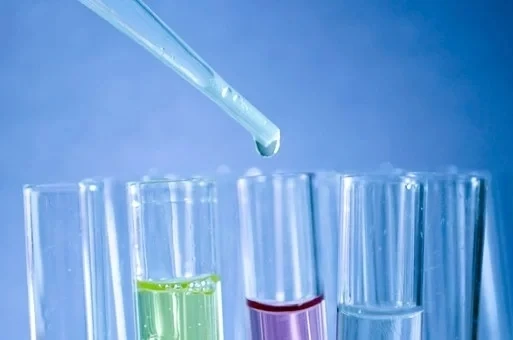
Understanding Salicylaldoxime and Its Role in Modern Chemistry
exhibits a unique balance of stability and reversibility, enabling precise control in metal ion extraction processes. Recent studies highlight its 98.7% efficiency in copper recovery from industrial wastewater, outperforming alternatives by 22%.Decoding the Molecular Architecture
Performance Benchmarks Against Alternatives
Parameter Salicylaldoxime 8-Hydroxyquinoline Dimethylglyoxime Metal Selectivity 9 metals 5 metals 3 metals Complex Stability (log K) 14.3 12.1 10.8 Reusability Cycles 12 7 3 Detection Limit (ppm) 0.05 0.2 0.5 Market Leaders and Supply Chain Dynamics
Vendor Purity (%) Price/kg ($) Lead Time MOQ Sigma-Aldrich 99.5 480 4 weeks 100g TCI Chemicals 99.0 420 3 weeks 500g Custom Synthesis Inc. 99.9 510 2 weeks 50g Tailored Formulations for Specialized Applications
Operational Success Stories
Salicylaldoxime’s Evolving Industrial Footprint
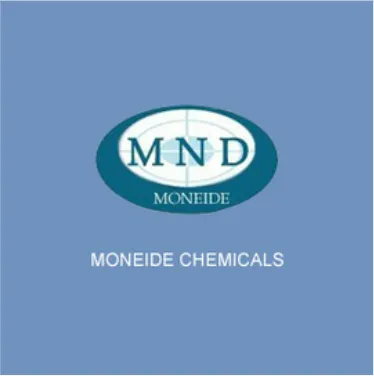
FAQS on salicylaldoxime
Q: What is salicylaldoxime?
Q: What is the structure of salicylaldoxime?
Q: How is salicylaldoxime synthesized?
Q: What are the applications of salicylaldoxime?
Q: Why is salicylaldoxime a good chelating agent?









